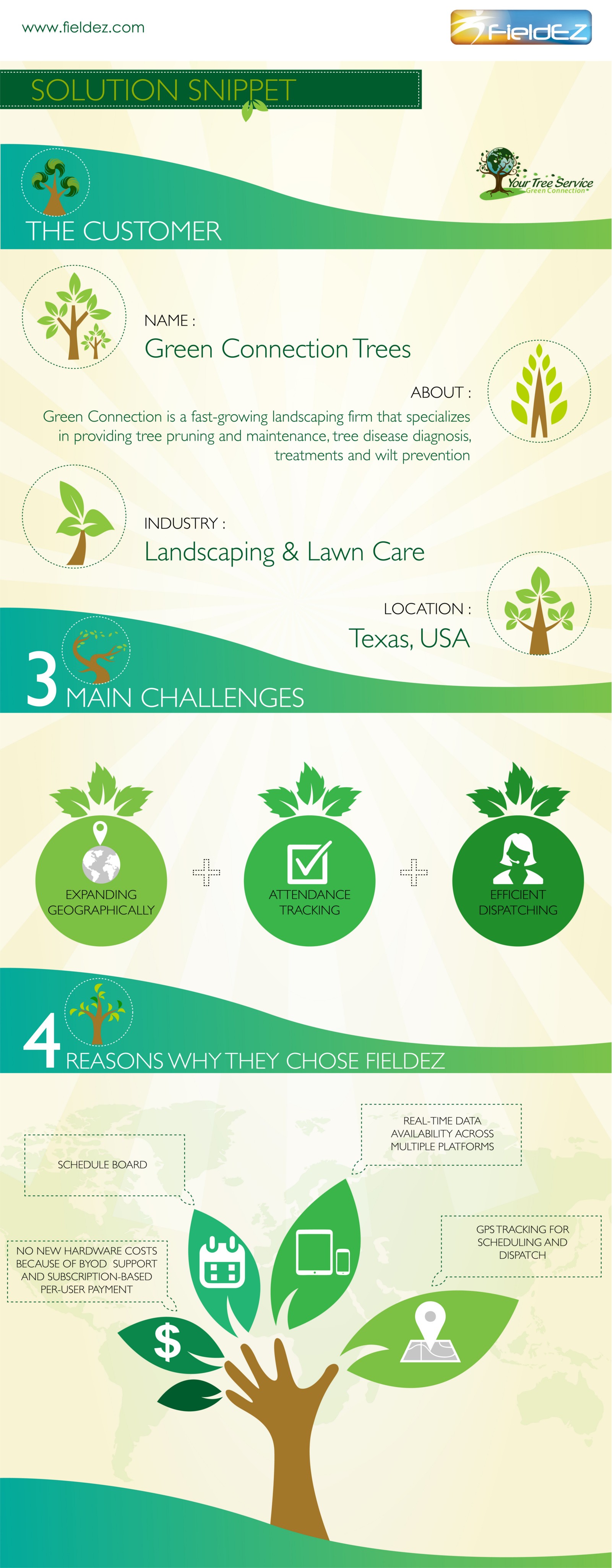Expect Vital Indicators That Indicate Your Tree Could Be A Threat; Acknowledging These Can Aid Shield Your Building And Those You Care About.What Should You Watch On Next?
Expect Vital Indicators That Indicate Your Tree Could Be A Threat; Acknowledging These Can Aid Shield Your Building And Those You Care About.What Should You Watch On Next?
Blog Article
Article By-Vogel Butcher
When it concerns tree treatment, identifying the indications that it's time for removal is essential for your safety and home. You might notice blemished leaves, wilting branches, or strange fungal growths suggesting illness. Structural issues, like a substantial lean or splits in the trunk, can also pose threats. Understanding these warning signs can aid you make informed choices concerning your trees and stop possible threats prowling in your yard. What should you try to find following?
Signs of Degeneration and Disease
When you observe indicators of degeneration and disease in your trees, it's crucial to act quickly. Seek tarnished leaves, wilting branches, or unusual developments like fungus. These can indicate that your tree is having a hard time.
If you see cracks in the bark or soft, mushy timber, these symptoms suggest interior degeneration. Additionally, an abrupt rise in bugs around your tree can signal that it's weakened and at risk.
Look for any dead or passing away limbs, as they position a threat to your home and security. If you doubt about what you see, getting in touch with an arborist can provide clarity.
Addressing these indicators early can save you from extra comprehensive damage and make certain the health of your backyard. Do not wait up until it's too late.
Structural Instability and Leaning
As you observe your trees, keep an eye out for any type of indicators of architectural instability or leaning. If a tree leans significantly, it might suggest that the origin system is endangered.
Try to find any kind of cracks in the trunk or dirt around the base; these can signify potential failure. Additionally, check for unusual growth patterns, like an uneven crown, which might recommend that the tree is struggling to hold itself upright.
If you notice that the tree leans toward your home, power lines, or other structures, it postures a greater threat. Don't disregard these indicators-- speak with an arborist to analyze the circumstance.
Taking action early can protect against costly damages and guarantee your safety.
Dead or Dying Branches and Vegetation
If you see dead or dying branches and vegetation on your tree, it's a clear indicator that something's incorrect.
These unhealthy areas can show underlying issues like disease, parasite problems, or ecological stress. When branches shed their fallen leaves or turn brown, they're no more contributing to the tree's health and wellness. Ignoring these indications can lead to more decrease, making your tree more unsafe.
Dead branches can quickly break short throughout storms, posing a danger to property and individuals nearby. It's vital to analyze the degree of the damages.
If the issue influences a considerable part of the tree, think about speaking with a specialist. They can help establish if removal is necessary to make certain safety and security and keep the charm of your landscape.
Conclusion
If you observe any indications of degeneration, structural instability, or dead branches on your trees, do not overlook them. These signs can posture severe safety threats to you and your property. How Do I Prune A Mesquite Tree 's always best to get in touch with a specialist arborist who can give an expert analysis of your trees. Taking https://kwwl.com/2020/08/30/cedar-rapids-man-electrocuted-trimming-tree-on-electric-lift/ can stop mishaps and expensive damage, ensuring your landscape continues to be risk-free and healthy. Keep in mind, it's much better to be aggressive regarding tree treatment than to wait on a disaster to take place.
